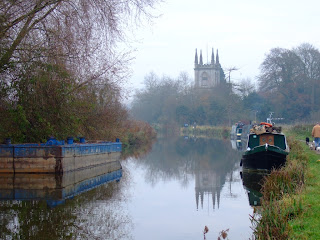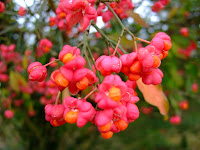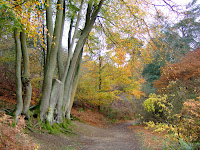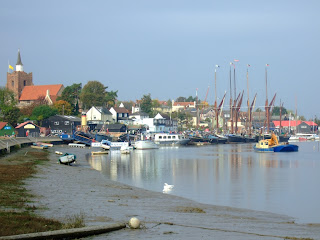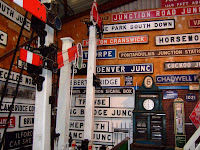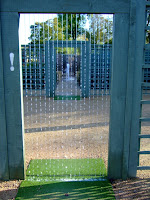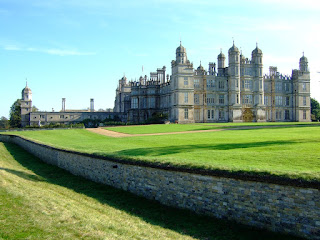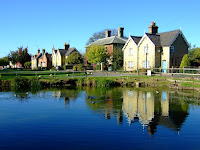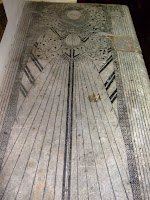
 Someone has just completed some research and declared, on the basis of various measurable qualities, that London is the best capital city in the world. We feel, on the basis of a few years of experiencing it both ways, that Christmas is more suited to the middle of winter than the middle of summer and part of this impression is undoubtedly due to the fact that Christmas in London is very special.
Someone has just completed some research and declared, on the basis of various measurable qualities, that London is the best capital city in the world. We feel, on the basis of a few years of experiencing it both ways, that Christmas is more suited to the middle of winter than the middle of summer and part of this impression is undoubtedly due to the fact that Christmas in London is very special. The City Fathers and the retailers put a major effort into making London an attractive Christmas destination, as there are all manner of things to see and do, many free.
The City Fathers and the retailers put a major effort into making London an attractive Christmas destination, as there are all manner of things to see and do, many free.So this weekend we decided to check out some of the city activities starting with the traditional City Guilds Boat Race, part of the Bankside Frost Fayre.
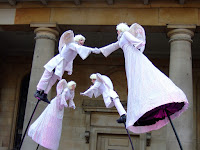 As we were then so close to the Tate Modern, we thought we would pop in and check out the large crack in the floor, the most recent “installation”. Although I would not put us in the class of ardent modern art appreciators, this ‘work’ is quite impressive in its delivery although I must admit that the engineer in me was more concerned with the technicalities of how it was done rather than any social comment it may have been making but, as they say, art can be appreciated on many levels.
As we were then so close to the Tate Modern, we thought we would pop in and check out the large crack in the floor, the most recent “installation”. Although I would not put us in the class of ardent modern art appreciators, this ‘work’ is quite impressive in its delivery although I must admit that the engineer in me was more concerned with the technicalities of how it was done rather than any social comment it may have been making but, as they say, art can be appreciated on many levels.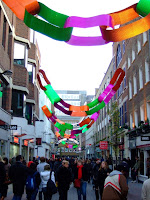 Crossing the river we wandered up though Covent Garden where we found some aerial ‘angels’ and then to Carnaby Street, which is sporting some rather dashing ‘paper chains’ strung across it.
Crossing the river we wandered up though Covent Garden where we found some aerial ‘angels’ and then to Carnaby Street, which is sporting some rather dashing ‘paper chains’ strung across it. Hyde Park is host to a Winter Wonderland with a rather magnificent transportable Ferris wheel as well as the largest of the dozen or so ice rinks that have sprung up in London this winter.
Hyde Park is host to a Winter Wonderland with a rather magnificent transportable Ferris wheel as well as the largest of the dozen or so ice rinks that have sprung up in London this winter.
While on our way to visit the new New Zealand Memorial by the Wellington Arch we were passed by a massed motorcycle ride of Santas. We have no idea what it was in aid of but they were certainly getting into the spirit of Christmas.





